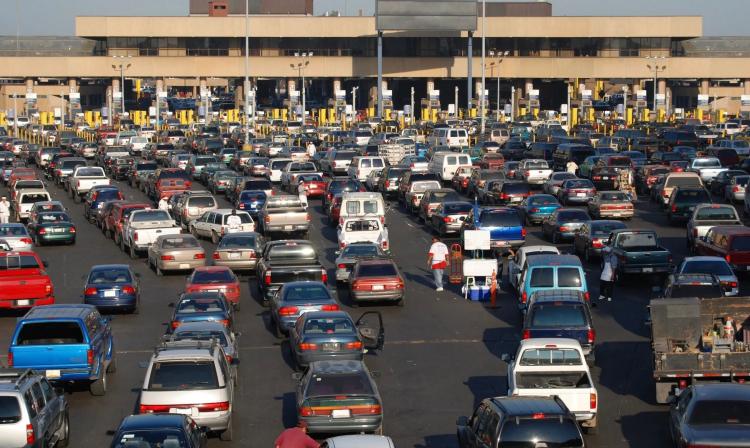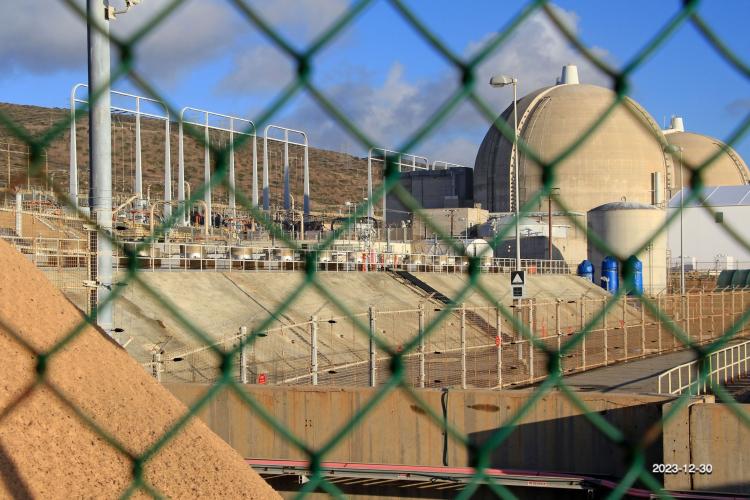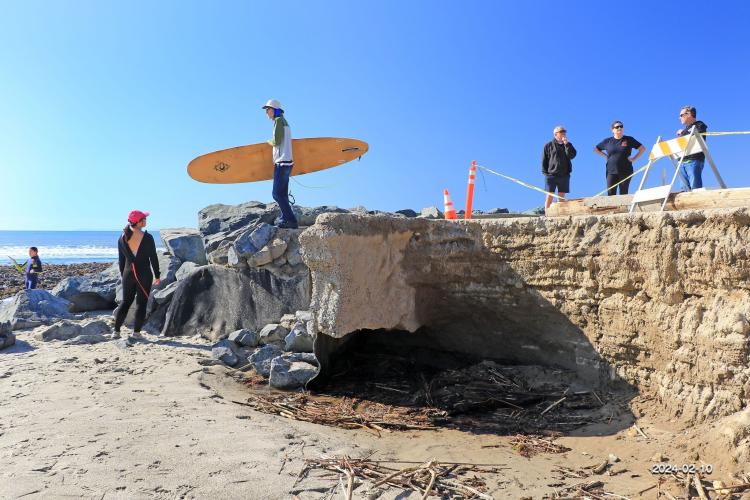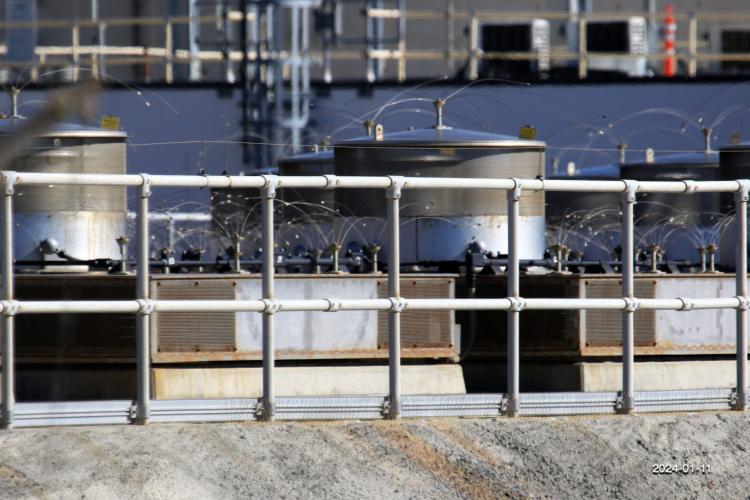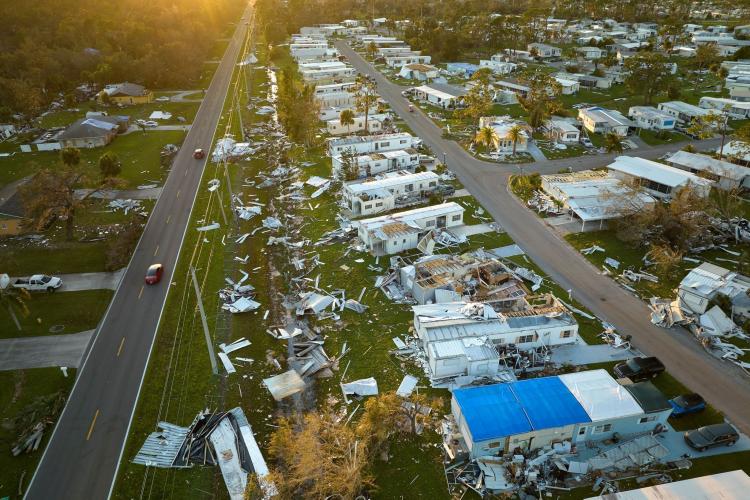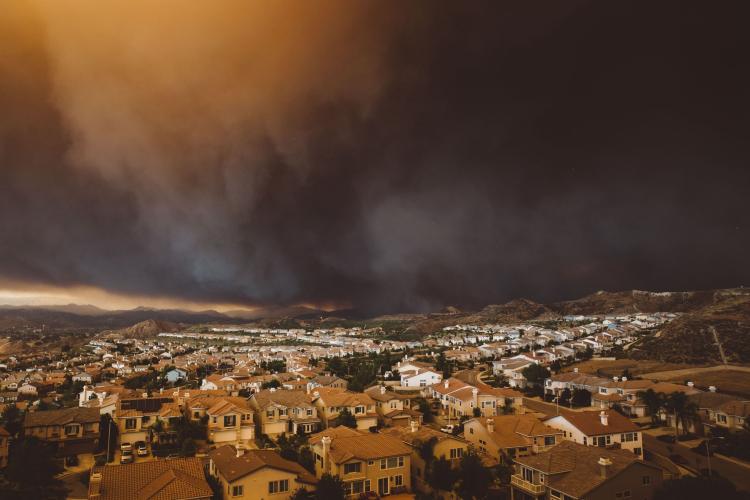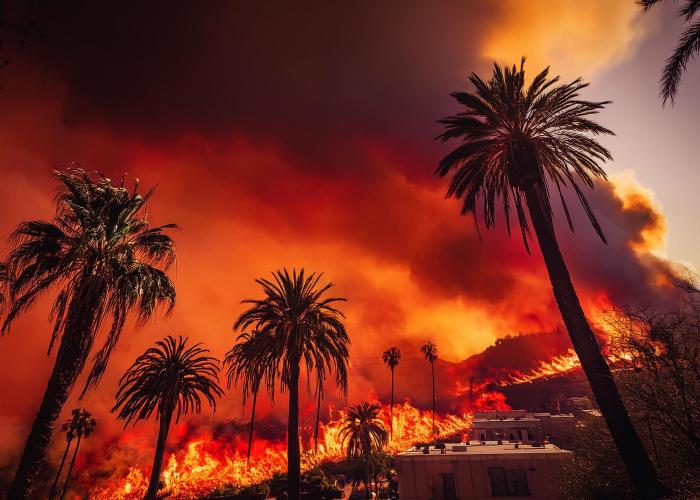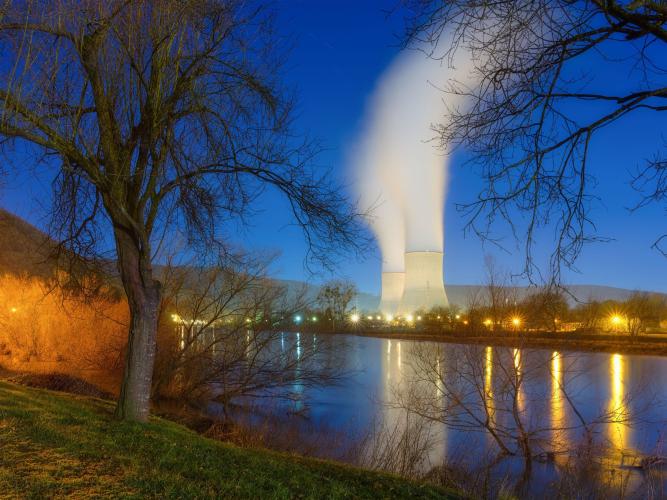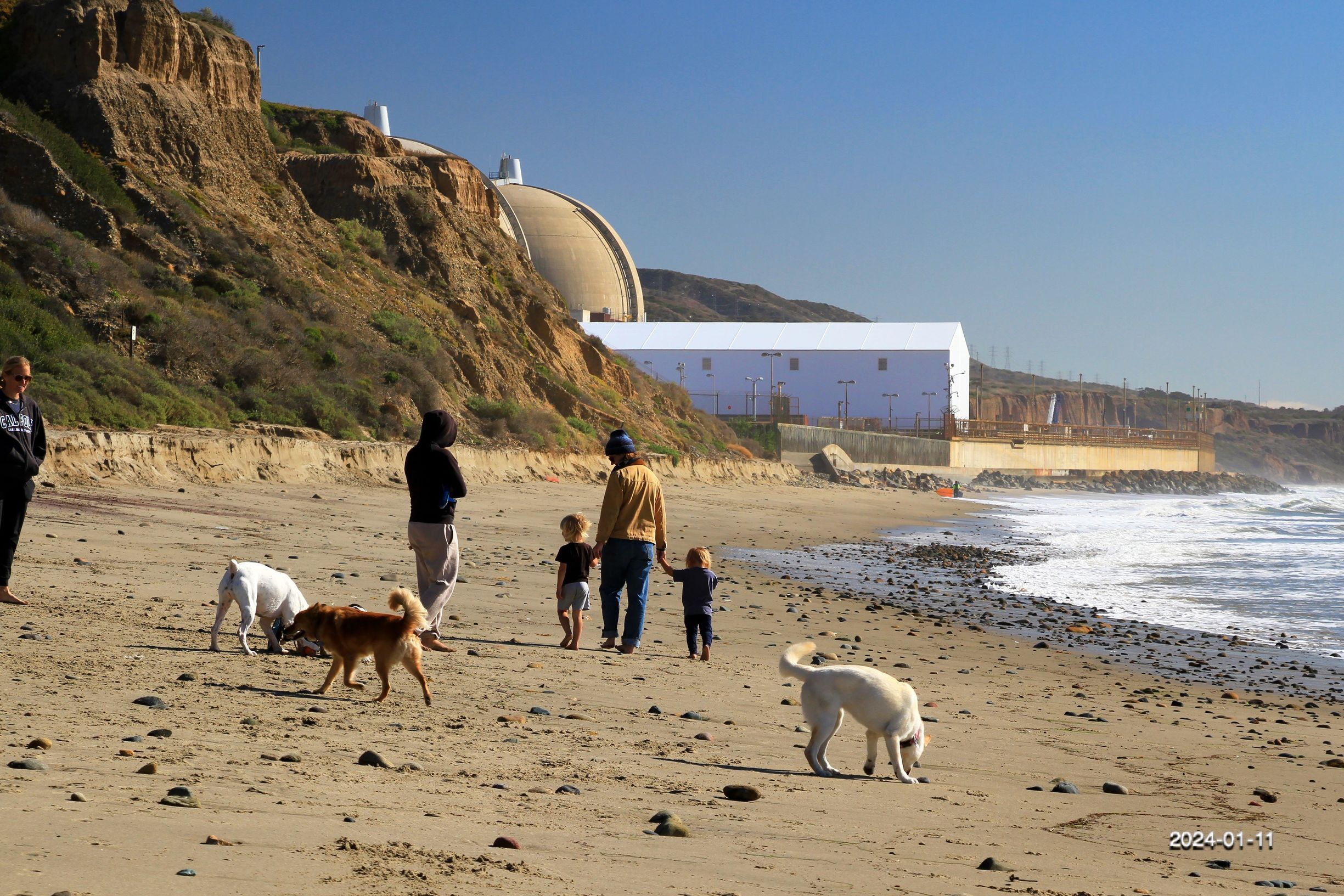
Coastal Risks Near San Onofre
Diane Edmonds
Low tide reveals San Onofre’s proximity to the ocean. Stored nuclear fuel faces earthquakes, tsunamis, and wildfires, yet public awareness remains minimal.
San Onofre Nuclear Generating Station may be decommissioned, but its spent fuel remains a pressing hazard.
Stored in thin-walled canisters mere steps from the Pacific Ocean, the facility sits in a region prone to earthquakes, tsunamis, and wildfires. While these risks are well-known, public awareness and emergency education remain minimal.
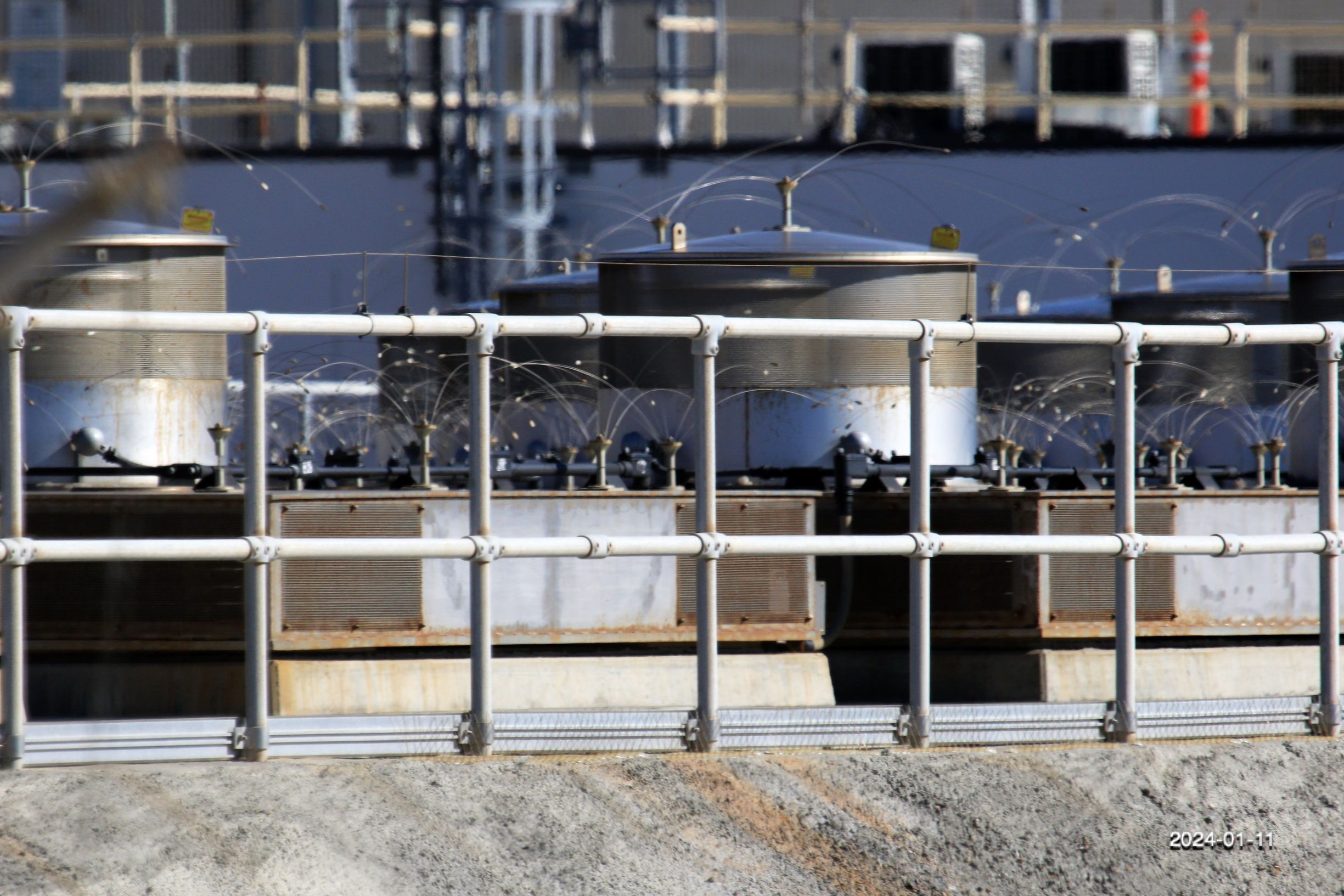
Nuclear Waste on the Edge
Diane Edmonds
Thin-walled canisters hold spent fuel at San Onofre, steps from the Pacific. Emergency plans focus on common hazards, leaving radiological threats largely unaddressed.

Nuclear Waste on the Edge
Diane Edmonds
Thin-walled canisters hold spent fuel at San Onofre, steps from the Pacific. Emergency plans focus on common hazards, leaving radiological threats largely unaddressed.
San Diego County’s emergency planning follows the “All Hazards” approach, which allows agencies to prioritize common disasters. Radiological scenarios, however, are largely ignored. Interviews with police, firefighters, hospital staff, and school administrators reveal widespread uncertainty: when asked about protocols for a nuclear release, most defaulted to the generic “all hazards” approach, highlighting a dangerous knowledge gap.

Teacher and student at desk
#EnvironmentalEducation #CommunitySafety #NuclearAwareness #SamuelLawrenceFoundation
Schools play a role in raising awareness. Students and teachers can help communities understand environmental risks and foster preparedness for complex hazards.

Teacher and student at desk
#EnvironmentalEducation #CommunitySafety #NuclearAwareness #SamuelLawrenceFoundation
Schools play a role in raising awareness. Students and teachers can help communities understand environmental risks and foster preparedness for complex hazards.
The public is left equally unprepared. Instructions from Southern California Edison are limited, and official communication systems rely on opt-in alerts, leaving many uninformed during a critical window. Complex measures like sealing air systems, doors, and windows to prevent radiation exposure are not widely understood or practiced. Even basic evacuation logistics are uncertain, especially if highways are blocked or military bases need simultaneous coordination.
Experts warn that this gap in readiness could magnify the impact of a radiological event, making even routine response actions potentially deadly. Radiation exposure spreads quickly and invisibly, and delays in notification or action could affect millions. San Onofre is a stark reminder that the threat of nuclear waste does not end when a plant shuts down — and that effective preparation requires public education, dedicated drills, and, ultimately, the permanent removal of these high-risk materials.
